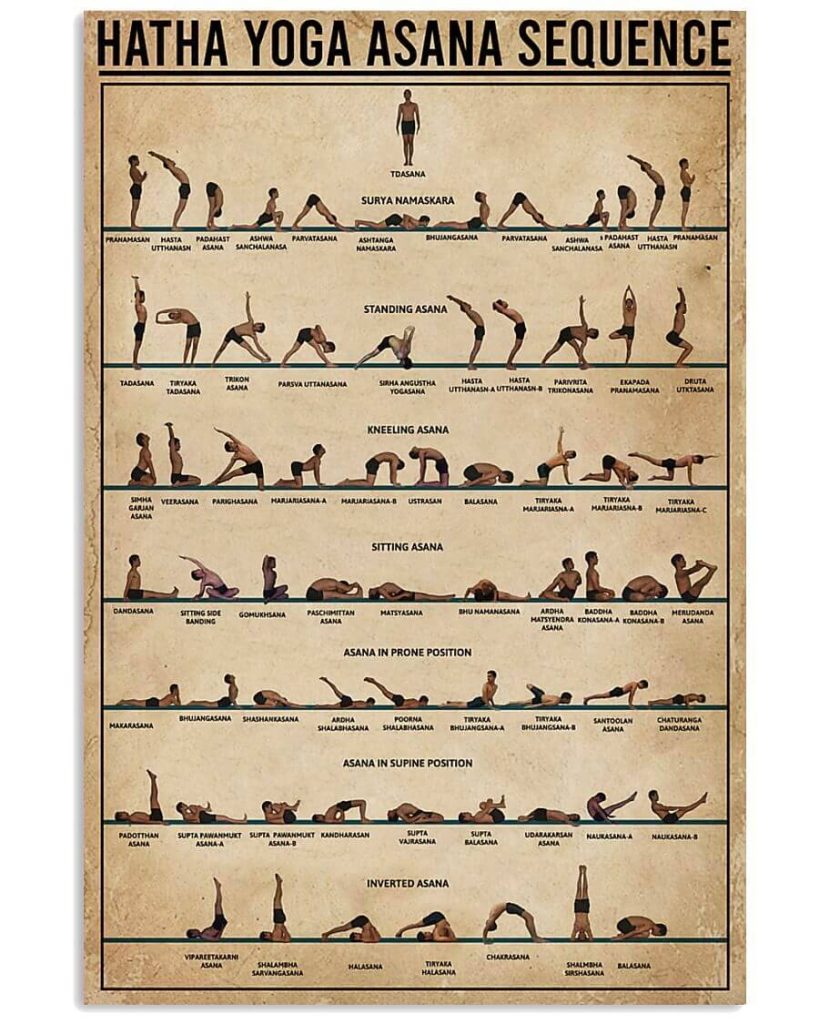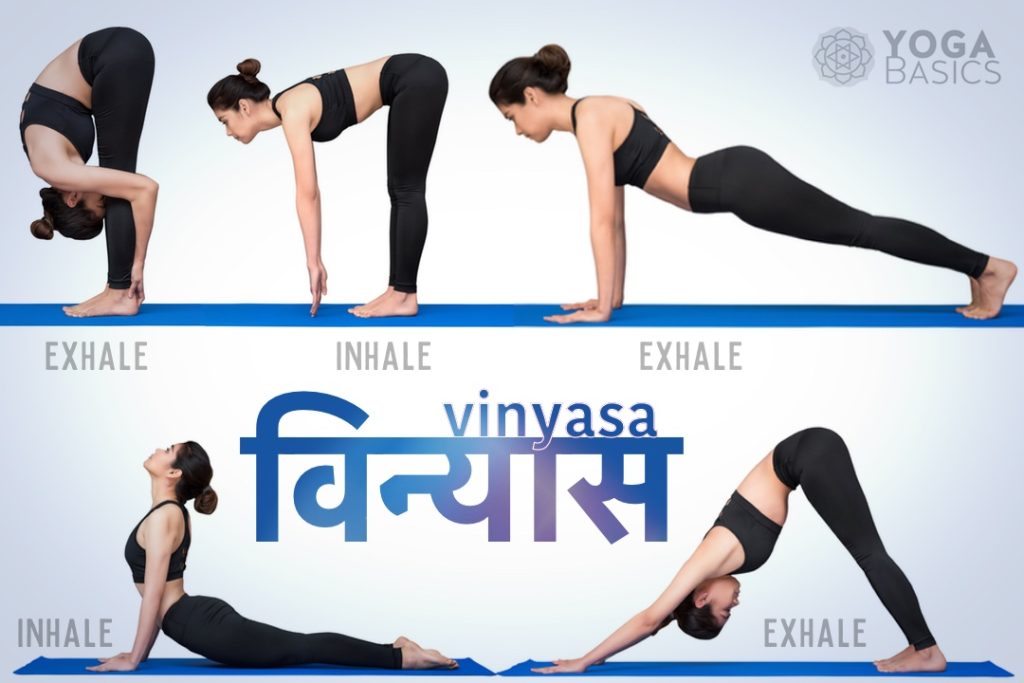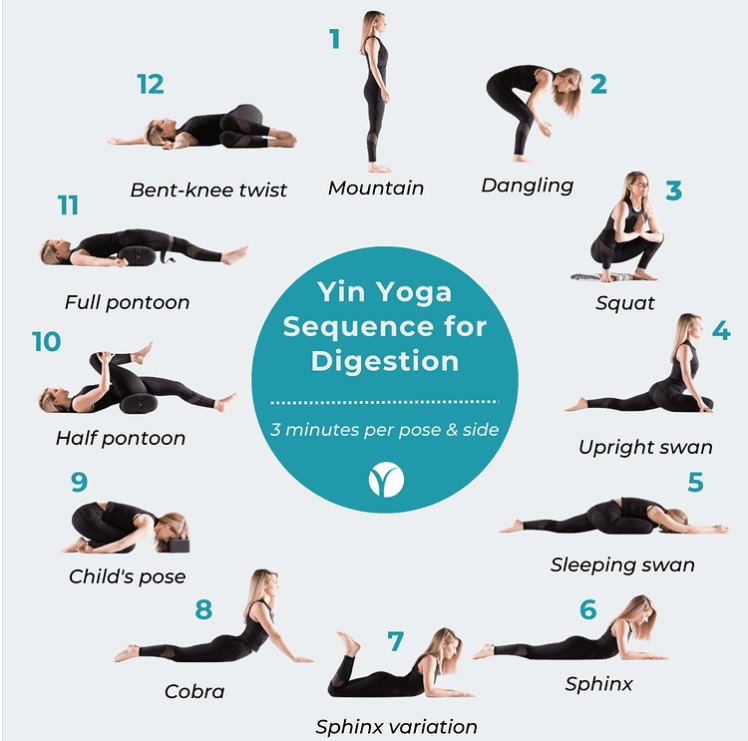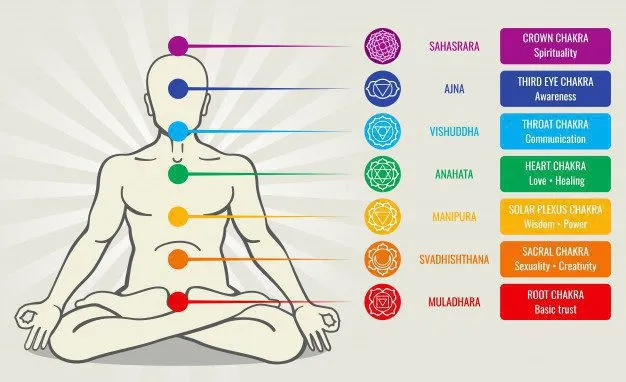Key Takeaways on Different Types of Yoga
- Different types of yoga offer unique benefits for physical, mental, and spiritual health.
- Practices like Hatha, Vinyasa, Ashtanga, Yin, and Kundalini have ancient roots and modern adaptations.
- Each style emphasizes different aspects—from dynamic movement to deep relaxation and energy awakening.
- Credible sources like Healthline, Medical News Today, YogaPoint, Sumeeta Seeks, and Calm enrich the understanding of yoga’s evolution and benefits.
Introduction to Yoga and Its Types
Yoga is a practice that dates back over 5,000 years in northern India, bringing together physical poses, controlled breathing, and meditation. This ancient discipline is built on the idea of uniting the mind, body, and spirit—a concept highlighted by many credible sources. For example, Medical News Today explains that yoga’s roots can be traced back to the Rig Veda, while Calm.com emphasizes its holistic approach in modern lifestyles.
Yoga has evolved into many forms to suit a wide range of needs and preferences. Some practices emphasize strength and endurance, while others focus on flexibility and inner peace. Researchers note that the practice of yoga not only helps improve physical fitness but also plays an important role in managing stress and fostering emotional well-being. The article on Healthline reminds us that the journey into yoga might seem overwhelming because of the vast array of styles, yet a deeper look reveals that most modern types stem from a handful of traditional roots, such as Hatha and Ashtanga.
In addition, yoga’s rich heritage is intertwined with ancient philosophies, as described in YogaPoint’s breakdown of Patanjali’s Yoga Sutras. These texts introduce the eight limbs of yoga—covering everything from ethical precepts to meditation techniques. Such historical context builds credibility for the practice and shows how modern adaptations maintain links to their traditional origins.
Modern practitioners often select a style based on their personal goals. Whether it’s to enhance flexibility, build muscle strength, or cultivate a calm mind, there is a yoga style that fits individual needs. This article explores several popular styles by integrating insights from various expert sources. To learn more about the philosophical background behind meditation and its origins, see this article on the history and origin of meditation.
Hatha Yoga: Foundations and Benefits
Hatha Yoga is often recognized as the foundation for many yoga practices today. With its origins dating back to classical texts like the Hatha Yoga Pradipika, this style focuses on a balanced combination of asanas (postures), pranayama (breathing techniques), and meditation.

Hatha Yoga’s gentle and deliberate pace makes it ideal for beginners. Healthline notes that Hatha can provide a relaxing flow and prepare the body for more dynamic practices, while Sumeeta Seeks describes its role in harmonizing the sun (“ha”) and the moon (“tha”) energies. This balance not only builds strength and flexibility but also enhances mindfulness. In many classes, practitioners move slowly through each posture, ensuring that every movement is performed with awareness.
A key element of Hatha Yoga is its accessibility. Whether practiced in a studio or at home, the focus is on building a solid foundation. As noted by YogaPoint, the inclusion of shatkarmas (detox techniques), mudras, and bandhas in traditional Hatha practices further aids in the purification of both body and mind. This approach allows practitioners to progress gradually, building confidence and a deeper connection with their inner selves.
Below is a summary table of Hatha Yoga benefits:
| Benefit | Description |
| Strength | Builds gentle muscle power |
| Flexibility | Increases range of motion over time |
| Mindfulness | Cultivates a focused mind and reduces stress |
This style also acts as a bridge to more meditative practices. The mindfulness vs meditation page offers further insights into how Hatha Yoga can guide one toward a meditative state. With clear and gentle progressions, Hatha Yoga remains a favorite among those looking to begin their yoga journey.
Vinyasa Yoga: Flow and Dynamic Movement
Vinyasa Yoga is celebrated for its dynamic flow, where each posture seamlessly transitions into the next in harmony with the breath.
As described by Sumeeta Seeks, this style emerged from the teachings of Krishnamacharya and was popularized by K. Pattabhi Jois, establishing a strong foundation in linking movement with breath.
Both Healthline and Calm.com highlight Vinyasa’s vigorous nature. Practitioners often experience an invigorating workout that builds cardiovascular strength while also enhancing flexibility. Vinyasa’s fluidity makes it ideal for those who enjoy an active practice that is as much about mental focus as it is about physical exertion.
Instructors guide the sequence in a typical Vinyasa class with minimal rest, creating a rhythmic, almost dance-like experience. This continuous movement is often interspersed with sun salutations, which serve as both a warm-up and a way to integrate breath control. For those who appreciate a creative and dynamic routine, Vinyasa Yoga offers a refreshing departure from static practices.
A bullet list of core Vinyasa benefits includes:
- Enhanced Cardiovascular Health: The constant movement increases heart rate.
- Improved Flexibility: Fluid sequences stretch and strengthen muscles.
- Increased Focus: The integration of breath with movement promotes mindfulness.
- Calorie Burning: The active pace supports weight management.

The following table provides a concise overview:
| Benefit | Description |
| Cardiovascular | Boosts heart health through continuous flow |
| Flexibility | Promotes muscle stretching and joint mobility |
| Mental Clarity | Encourages mindfulness and focus during movement |
For those looking to integrate elements of meditation and flow into their practice, the 5 meditation techniques for you to practice page offers additional tips. Vinyasa Yoga stands out as a popular choice in Western studios for its combination of physical challenge and mental engagement.
Ashtanga Yoga: Structure, Discipline, and Endurance
Ashtanga Yoga is another different type of yoga known for its structured, vigorous sequences and is often considered one of the most physically demanding styles.
Developed by Sri K. Pattabhi Jois, Ashtanga follows a fixed sequence of postures that are practiced in a consistent order, offering a clear pathway for progress. Both Medical News Today and Sumeeta Seeks emphasize that the practice requires strength, endurance, and discipline.
The practice is divided into multiple series—the Primary, Intermediate, and Advanced—allowing practitioners to progress gradually. This structured approach helps build muscle tone and increases flexibility over time. As explained in YogaPoint, the focus on a set sequence provides measurable improvements, as each session builds upon the last.
For many, the rigorous nature of Ashtanga Yoga is a test of both physical and mental stamina. Practitioners often describe the experience as challenging yet deeply rewarding, with a strong emphasis on internal awareness and self-discipline. A detailed table summarizes the key benefits:
| Benefit | Description |
| Strength | Builds robust muscle power through repetitive sequences |
| Flexibility | Enhances range of motion and joint mobility |
| Endurance | Increases stamina and overall physical resilience |
The 4 elements spirituality earth water air fire page further illustrate how Ashtanga connects practitioners with natural energy. In addition, Medical News Today notes that while the practice is demanding, it can also serve as a form of detoxification—sweating out toxins while building strength.
For those who thrive on structure and challenge, Ashtanga Yoga offers a clear, disciplined path toward improved physical fitness and mental focus. Its methodical sequence and emphasis on breath control have earned it a dedicated following around the world.
Yin Yoga: Stillness and Deep Relaxation
Yin Yoga focuses on holding postures for extended periods, targeting the deep connective tissues and fascia.
Unlike more dynamic styles, Yin Yoga is practiced slowly and deliberately, allowing the body to relax deeply. Both Medical News Today and Sumeeta Seeks highlight that this gentle practice is ideal for releasing tension and promoting flexibility.
The practice emphasizes long-held, passive poses that encourage an inward focus and a meditative state of mind. By holding positions for several minutes, practitioners can experience a profound release of both physical and emotional tension. This style is especially beneficial for those recovering from injury or looking to balance the more strenuous practices in their routine.

A list of key benefits of Yin Yoga includes:
- Enhanced Flexibility: Extended holds stretch deep connective tissues.
- Stress Relief: Long durations in each pose promote deep relaxation.
- Mindfulness: Encourages introspection and meditative awareness.
- Joint Health: Gentle pressure on joints improves mobility over time.
Below is a table summarizing these benefits:
| Benefit | Description |
| Flexibility | Deep stretches improve overall mobility |
| Relaxation | Long-held poses promote deep calm |
| Mindfulness | Facilitates a meditative state of awareness |
The meditation for mental health benefits techniques page further underlines how Yin Yoga can merge physical practice with meditative benefits, enhancing mental clarity and emotional balance.
In summary, Yin Yoga offers a calm and introspective approach to practice, making it a perfect complement to more active styles. Its focus on stillness and deep stretching makes it a favored option for practitioners of all levels seeking both physical relief and mental relaxation.
Kundalini Yoga: Awakening Inner Energy
Kundalini Yoga stands apart by focusing on awakening the dormant energy at the base of the spine.
This practice involves a blend of physical postures, dynamic breathing techniques, chanting, and meditation to stimulate and channel this inner energy upward through the chakras.
Credible sources like Healthline and Sumeeta Seeks describe Kundalini as a spiritual practice that emphasizes the awakening of “kundalini” energy—an approach that combines physical and metaphysical elements. The technique often includes the “Breath of Fire” and repetitive chants, which are believed to purify the body and promote mental clarity.
Practitioners of Kundalini Yoga often report feelings of heightened awareness and emotional balance. Although some may find the style unconventional compared to more physically demanding practices, its focus on inner energy and spiritual growth makes it appealing for those looking to explore deeper dimensions of yoga.
A bullet list of Kundalini Yoga benefits includes:
- Emotional Balance: Helps release suppressed emotions.
- Enhanced Awareness: Stimulates mental clarity and focus.
- Stress Reduction: Calms the mind through rhythmic breathing and chanting.
- Spiritual Growth: Encourages a deeper connection with inner consciousness.
The table below summarizes its key advantages:
| Benefit | Description |
| Energy Boost | Awakens dormant energy for vitality |
| Clarity | Enhances mental clarity through focused practice |
| Inner Peace | Promotes emotional balance and stress relief |
The benefits of forest bathing page can serve as an analogy for the restorative and grounding effects that Kundalini Yoga imparts.
In essence, Kundalini Yoga offers a path for those interested in exploring the interplay between physical movement and deep spiritual practice, providing a unique approach to achieving inner peace and vitality.

Additional Perspectives: Iyengar, Sivananda, and More
While the core types such as Hatha, Vinyasa, Ashtanga, Yin, and Kundalini are widely recognized, other styles also contribute richly to the yoga spectrum. Iyengar Yoga, for instance, is known for its focus on precision and alignment. Developed by B.K.S. Iyengar, this method utilizes props like blocks and straps to help practitioners achieve correct posture and avoid injury. Both Healthline and Calm.com note that Iyengar is particularly useful for those rehabilitating from injuries or seeking to improve posture.
Sivananda Yoga, rooted in Swami Sivananda’s teachings, follows a five-point philosophy that emphasizes proper breathing, relaxation, diet, exercise, and positive thinking. This style, detailed in both Sumeeta Seeks and Medical News Today, is structured yet gentle, making it ideal for those who desire a balanced approach combining physical practice with spiritual insight.
Other noteworthy forms include:
- Prenatal Yoga: Tailored for expectant mothers, emphasizing gentle movements and safe breathing techniques.
- Restorative Yoga: Focuses on deep relaxation using props to support long-held poses.
- Power Yoga: A vigorous, fitness-based approach adapted from traditional Vinyasa and Ashtanga systems.
- Bikram Yoga: Performed in heated rooms to aid detoxification and improve flexibility.
A table summarizing these additional styles is presented below:
| Style | Key Characteristics |
| Iyengar Yoga | Precision, alignment, and use of props |
| Sivananda Yoga | Five-point philosophy, consistent sequence of poses |
| Prenatal Yoga | Adapted poses for expectant mothers |
| Restorative Yoga | Deep relaxation through supported, long-held poses |
| Power/Bikram Yoga | Vigorous flow and heated room practice |
Each of these styles offers unique benefits, and the choice depends on individual goals and physical needs. For more detailed guidance on how different styles can impact overall wellness, readers may visit related resources such as the benefits of forest bathing and the meditation for mental health benefits techniques pages.
Frequently Asked Questions about Yoga
What is yoga?
Yoga is a discipline that integrates physical postures, breath control, and meditation to unite the mind, body, and spirit. Its roots go back thousands of years, and it remains a popular way to enhance well-being.
What are the benefits of practicing yoga?
Yoga offers numerous benefits, including improved flexibility, enhanced muscle strength, reduced stress, better sleep, and overall mental clarity. Research shows that regular practice can also lower blood pressure and boost emotional health.
How can a beginner start yoga?
Beginners are encouraged to start with gentle forms such as Hatha or Yin Yoga, which emphasize foundational postures and breathing techniques. Classes focusing on these styles are widely available and help build a solid practice.
Is yoga suitable for all ages and abilities?
Yes, yoga is adaptable to different physical conditions and ages. Many styles, like Iyengar or Prenatal Yoga, are specifically designed to accommodate varying needs and ensure that everyone can enjoy the practice safely.
How often should one practice yoga?
The frequency depends on individual goals, but many experts suggest practicing yoga a few times a week. Consistency is key to experiencing long-term benefits, even if each session is relatively short.
What type of yoga is best for stress relief?
Styles such as Yin, Restorative, and Hatha Yoga are often recommended for reducing stress. Their slow pace and focus on mindfulness help calm the mind and release tension.
Do you need to be flexible to practice yoga?
No, yoga is designed to be accessible to everyone regardless of current flexibility. Adaptations and props are available to support each practitioner in a safe and effective way.
This FAQ section provides clear answers to common questions, helping newcomers and seasoned practitioners alike to understand the diverse benefits and practices of yoga.
This comprehensive article, enriched with references from reputable sources like Healthline, Medical News Today, YogaPoint, Sumeeta Seeks, and Calm, offers a detailed exploration of various yoga styles. It combines historical context, philosophical insights, and practical tips, making it a credible resource for anyone looking to deepen their understanding of yoga and its benefits. For further insights into meditation techniques and the origins of these practices, readers are encouraged to visit the provided internal links.





3 thoughts on “Discover 5 Different Types of Yoga: Transform Your Mind & Body”